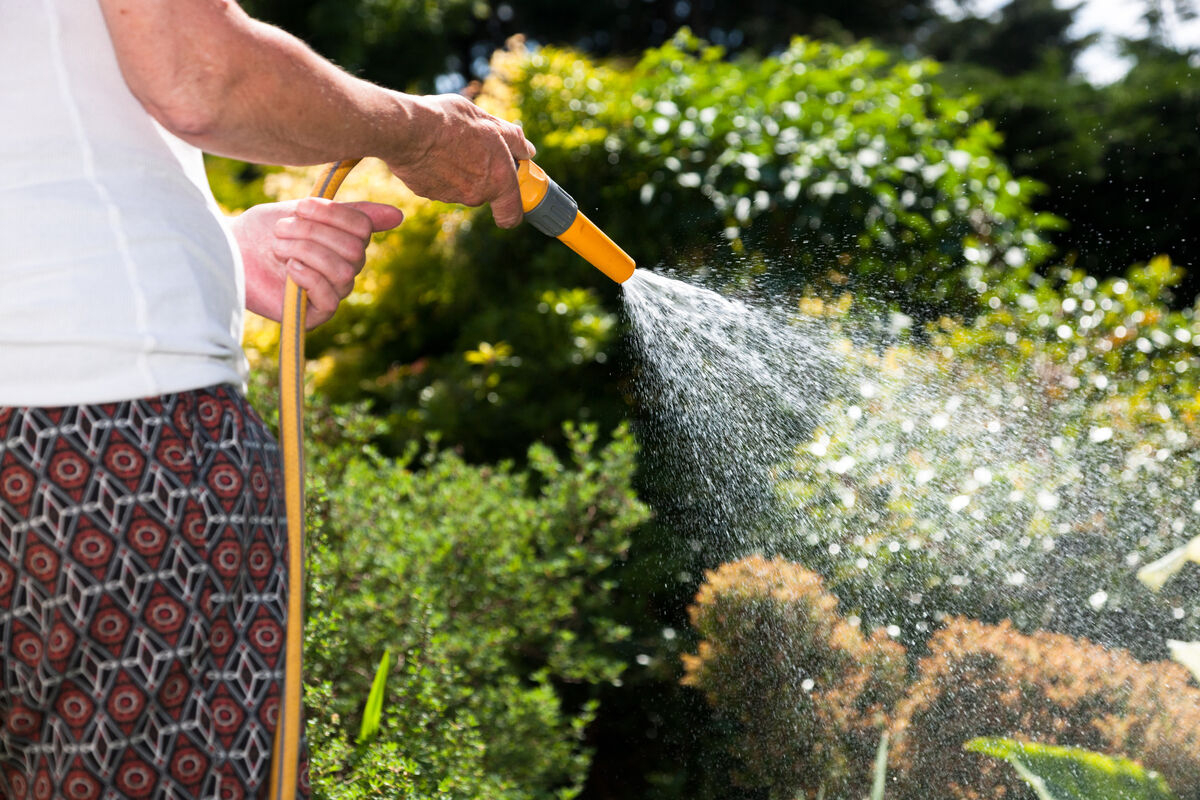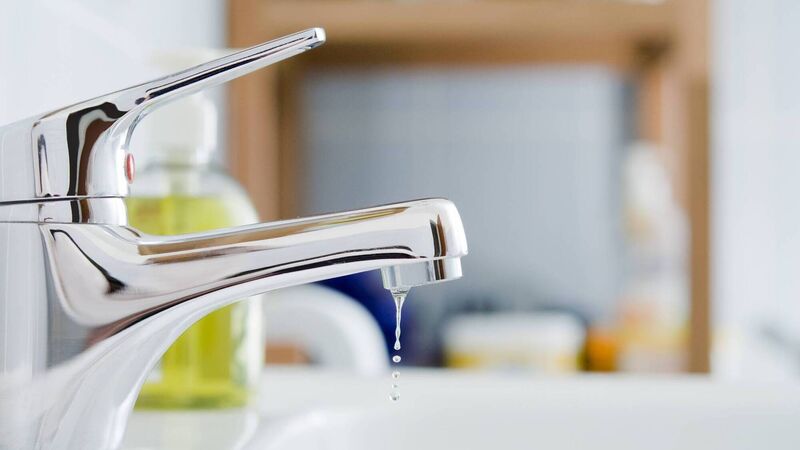Earlier this week, the Commission for Regulation of Utilities (CRU) approved Irish Water’s proposal to extend the First Fix scheme.
This provides qualifying domestic customers with free leak investigation and repair services to their external supply pipe. The new proposals will widen the eligibility criteria for the scheme.
Between 2015 and 2019, First Fix saved a cumulative 155m litres per day. This equates to the usage of 450,000 households every year.
The majority of these water savings were made in the earliest years of the scheme, because Irish Water targeted the largest leaks first.
Also, the prospect of water charges incentivised customers to fix leaks, so that they wouldn’t have to pay for water that ended up seeping into the ground.
With the spectre of water charges long gone, we needed other means of incentivising leak repair and the resultant water savings.
Up until this point, you could only qualify for the First Fix scheme if you had a water meter. That condition is being withdrawn, which means that an additional 600,000 customers, or 40% of Irish Water’s customer base, can now get an external leak fixed free.
The CRU says that domestic customers with usage above the annual allowance of 213,000 litres will be prioritised for leak investigation. Water users will no longer need to be registered with Irish Water, and nor do they need to have the aforementioned meter, nor an internal stop valve.
Properties with a shared service connection will now be eligible.
The First Fix scheme is a key project for Irish Water under the conservation theme, which is one of three policy objectives set out by the Government Water Services Policy Statement 2018–2025.
It’s important, because, on the one hand, our demand for water is increasing, while, on the other, climate change has brought greater variability in rainfall.
Dr Paul McGowan is CRU commissioner with responsibility for water. He says that the success of the First Fix scheme, over the past six years, has played an important role in Irish Water’s efforts to promote and facilitate water conservation.
“Expanding the scheme to other water customers should provide an increased level of engagement with customers, particularly with the planned introduction of charges for excess water usage. This should accelerate leak repair, and so reduce water-service costs.”
To register for the First Fix scheme, call Irish Water on 1850 278 278.
Curtailing water
In the meantime, there are other ways to curtail the amount of water you use, and thereby take the pressure off the system, and off the planet.
You don’t need fresh water from the tap for potted plants. Use water left over from the nightstand, or what’s left after cleaning the vegetables. In fact, think twice before pouring any water down the drain. Ask yourself if it could be used elsewhere.
Find out where your stopcock is and make sure you know how to turn off your water.
This could save you huge amounts of hassle and money, in preventing frost damage.
Keep an eye on your water infrastructure and replace rusty and/or corroded fittings before they start causing problems.
Instead of letting the tap run cold before taking a drink, fill a jug of water and stick it in the fridge. And try to get out of the habit of cleaning vegetables under a running tap. Use a basin instead.

Stop boiling a full kettle. Fill as much as you need and no more. You’ll also save yourself on electricity costs if you don’t boil a pot when all you need is a cup.
A washing machine on full load consumes 65L of water, while a dishwasher uses around 20. Don’t turn them on unless they’re full.
You can make the biggest impact on your bill with simple behavioural changes. The most obvious is not to let the tap run while you’re shaving or brushing your teeth. This alone could save up to 7,000 litres of water per person per year.
Up to a third of all household water use goes down the toilet, most of which is drinking water. While many of us now have dual-flush toilets, there are still many large old cisterns in use, all of which flush away way more water than necessary. Using a displacement device is one solution.
The Hippo water saver is a specially designed water bag that sits in the cistern and reduces the volume of water in each flush by three litres. You can get a pack of two online for around €10, while cheaper, generic products are available for less. Alternatively, a plastic bottle of water does the same job.
Getting out of the shower faster will save you a packet over the year, in both water and energy terms.
A regular shower will use 35L of water in five minutes, while a power shower will get through more than three and a half times that. Stay shorter, scrub harder.
Flow restrictors and aerators
You can reduce the amount of water you use in the kitchen and bathroom by installing flow restrictors and aerators.
These screw-in devices cut the flow of water from the tap, and like so many other water-saving measures, they can save energy by reducing hot-water use. You can pick these up online for between €3.50 and €10 each.
Also, install a low-flow showerhead, or a showerhead-flow regulator. This will offer substantial energy and water savings.

Hoses are huge water hogs. Your hose will spit out more water in an hour than a family will use in a day. Use a bucket to clean the windows and wash the car. Similarly, if you must water the plants, use a watering can fitted with a sprinkler. And don’t power-hose the driveway: Use a brush and shovel instead.
Harvest rainwater with a water butt. This connects with the downpipe from your gutters and collects water, which can then be used around the garden. Water butts have fallen substantially in price in recent years. You can now pick up a 100L kit for between €30 and €40.
Mulches made from bark, gravel, and woodchips are an essential part of the garden’s water-conservation strategy. They suppress weed growth, which means that any water used will get to your plants and not your weeds.
In addition, mulches help prevent evaporation and are especially effective in flower beds and around shrubs. While you’re at it, only buy shrubs and plants that like our climate, and remember that established trees and shrubs typically don’t need watering.
Finally, enlist the children as water-conservation police. There are loads of great online resources where they can learn how to reduce household water use. Then, use pester-power to make sure all of those no-cost behavioural changes happen. Check out Tap Tips for more information.


CONNECT WITH US TODAY
Be the first to know the latest news and updates














